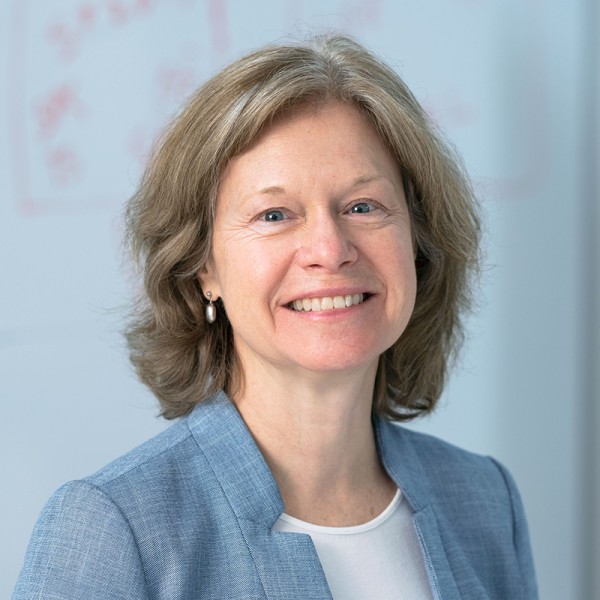
The public is largely unaware of the link between alcohol consumption and increased cancer risk. Mixed messages from experts may have added to the confusion.
Alcohol directly contributes to 100,000 cancer cases and 20,000 related deaths each year, according to the U.S. surgeon general. Vivek Murthy, M.D., has called for updating the warning labels on alcohol to include increased risks of at least 7 types of common cancers, including breast, colon and liver.
This recommendation is based on strong, consistent, and growing evidence that drinking alcohol increases your risk of developing a cancer. Alcohol is the third most important preventable cause of cancer, after tobacco smoking and excess weight.
But most Americans have not been aware of this link. A study published in 2023 found widespread mistaken beliefs that the risk varies by beverage type, with the lowest cancer risk assigned to wine. Another study published in 2021 showed that nearly 70% of people did not even know that alcohol was a cancer risk factor.

Dr. Jennifer Hay
“I applaud the surgeon general’s action to raise awareness about the risks of alcohol,” says Memorial Sloan Kettering Cancer Center (MSK) behavioral scientist and psychologist Jennifer Hay, PhD, who studies how people perceive various cancer risks, including alcohol, and has been devising ways to overcome people’s misconception about alcohol. “People need to understand the risks in order to make fully informed decisions about using alcohol, especially cancer survivors and those with a family cancer history. As noted by the surgeon general, there are cancer risks associated with any alcohol use. For all of us, when it comes to alcohol, less is best.”
How Does Alcohol Increase Cancer Risk?
According to MSK biologist Irene Orlow, DSc, MS, the mechanisms increasing cancer risks from alcohol are not fully understood. But, based on laboratory data, several factors may play a role, including:
- DNA damage: The body breaks down the alcohol found in drinks into a chemical compound called acetaldehyde. Acetaldehyde can make DNA less stable and trigger DNA mutations (or changes), some of which are associated with cancer.
- Oxidative stress: The process of breaking down the alcohol creates other damaging molecules called free radicals. Free radicals cause oxidative stress by damaging DNA, proteins, lipids, and cells.
- Hormonal changes: Metabolism of alcohol also can affect hormone levels. “A small change in hormone balance can have a large effect on cells and how they communicate with other cells,” Dr. Orlow says. “This might be especially important when it comes to breast cancer.”
Which Cancers Are Most at Risk From Drinking Alcohol?
Dr. Orlow says the strongest epidemiologic evidence — so far — suggests that specific organs or sites have the most increased risk of developing cancer from drinking alcohol, including:
- Oral cancer: cancer in the oral cavity (the mouth)
- Laryngeal cancer: cancer of the larynx (voice box)
- Esophageal cancer: cancer of the esophagus (the tube that connects the throat to the stomach)
- Liver cancer: cancer of the liver, or hepatocellular carcinoma
- Colon cancer and rectal cancer
- Breast cancer in women

Dr. Irene Orlow
There likely are additional cancers linked to drinking alcohol, Dr. Orlow says, but more well-designed studies (epidemiological and other) are needed to prove that alcohol is a contributing risk factor.
“Each type of cancer is very complex — and multiple factors might raise the risk,” she says. “For example, for melanoma, it is difficult to separate the potential effect of alcohol from sun exposure, and whether there is an interaction between the two exposures.”
Why Aren’t People Aware of the Cancer Risk From Drinking?
There are many misconceptions about the link between cancer and alcohol. Dr. Hay sets the record straight on some of the most widely held beliefs:
-
Misconception: Wine is harmless, or even beneficial, for health.
This belief appears to arise from confusion over alcohol’s supposed benefits regarding heart disease. “There was a lot of publicity in the 1970s and 1980s from studies that seemed to connect wine, especially red wine, with reduced heart disease risk,” Dr. Hay says. “The evidence has not held up, and it certainly doesn’t translate to cancer. The supposed benefit for heart disease has unfortunately led to what can be called a ‘health halo,’ for wine in particular and alcohol in general.”
-
Misconception: Increased cancer risk is linked only to certain types of alcohol.
Many people think higher-proof hard liquor may be damaging to health but that beer and wine are benign. “Alcohol is alcohol,” Dr. Hay says. “Increased risk is based on how much you drink, not what type you drink.”
-
Misconception: Light-to-moderate drinking carries no increased risk.
Another common belief is that light or moderate drinking is just as healthy as — or perhaps even healthier than — not drinking at all. “Recent research has shown that even small amounts — one to two drinks per day — can raise risks for some cancers, such as breast cancer,” Dr. Hay says. “This is hard for many people to accept because of entrenched social norms of drinking, and that most people drink at least some on a regular basis. Two-thirds of Americans have had alcohol in the previous 30 days.”
How Can the Public Be Made Aware of the Cancer Risk From Alcohol?
Dr. Hay says doctors and public health officials need to do more to educate people about the risks from alcohol. This could include:
- Increasing the emphasis on alcohol’s link to cancer during doctor visits.
- Having more explicit labeling on bottles and cans about dangers (as with cigarettes).
- Increasing messages on billboards and public service announcements.
- Restricting the advertising of alcoholic beverages to young people.
- Increasing alcohol taxes and prices.
- Eliminating “pinkwashing,” where alcohol companies use the color pink or pink ribbons to appear as if they are committed to finding a cure for breast cancer.
Dr. Hay and her team received a grant from the Prevent Cancer Foundation in January 2024 to figure out which strategies will work best.
“Changing behavior can be hard, especially for something like drinking that has positive associations with fun, social gatherings, and relaxing,” she says. “But if we can just change the narrative about alcohol, I think the public will respond. Most people have firsthand experience with cancer in a family member or close friend, so they have strong incentive to avoid the disease.”
In early 2023, Dr. Hay and colleagues published a commentary in the journal Cancer Epidemiology, Biomarkers & Prevention: “Moving Beyond the ‘Health Halo’ of Alcohol.” In it they ask, “As a cancer prevention and control field, have we been giving alcohol a ‘pass’?” But they also provide an important example as reason for optimism: changing attitudes toward smoking.
“Use of tobacco really peaked around 1964, and then started to fall after the surgeon general’s report on smoking and tobacco came out and led to dramatic increases in public awareness of the cancer harms of tobacco use,” she says. “It took a while, but you saw the effect from mass media campaigns, doctors prioritizing it in patient interactions, and policy changes like warning labels. It all starts with cancer risk awareness in the general public. We’re not telling people not to drink; we’re just promoting informed choice based on the most accurate, updated information about alcohol and cancer risk.”



